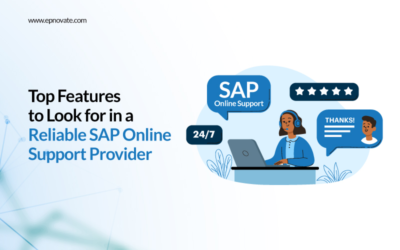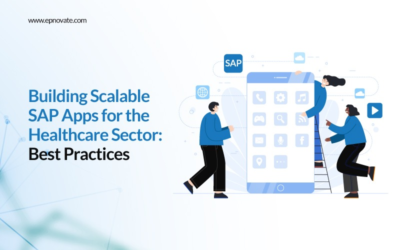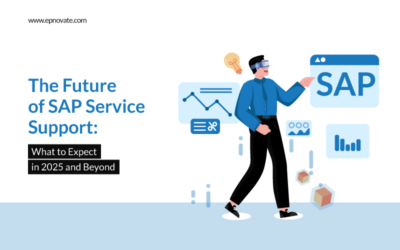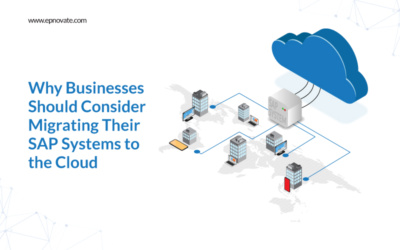How Businesses Should Plan And Implement Their Cloud Strategy
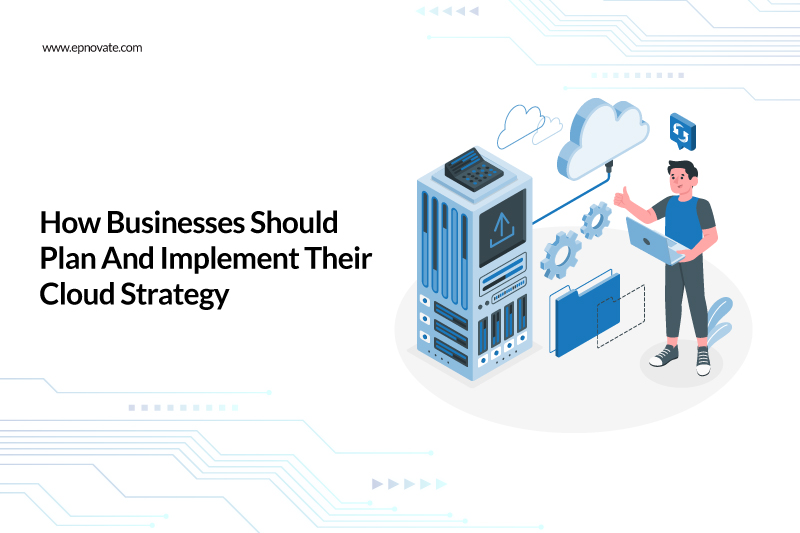
Enterprises are now concentrating on the Cloud as they become better at managing on-premises resources. Although cloud computing offers many benefits, including pay-as-you-go pricing, enhanced agility, and scalability, adopting the cloud is not a simple lift-and-shift process. Organizational readiness, workload requirements, and security considerations are just a few of the variables that must be taken into account by an SAP services company for a successful cloud strategy.
This blog post emphasizes how important cloud strategy is for adoption. Even if you’re a non-technical business leader, it provides you with practical solutions you can put into practice right now to increase your company’s competitiveness, agility, and profitability.
Criteria For Cloud Strategy Selection
1. Security Standards and Certifications
It’s simple; data needs protection, thus cloud service providers must certify that their security standards are quite high. Cloud service providers are required to adhere to important industry certifications, such as ISO 27001 or other Government-initiated Cyber Essentials Schemes. The most important factor in choosing a cloud service provider is still the best data governance system, which is then followed by a well-defined service support process.
2. Reliance
Checking a cloud service provider’s performance over the previous year and evaluating client comments from various industries are essential before investing in them. The smart move is to gauge the dependability of the cloud provider’s services using its parameters for customer satisfaction and experience. Also, businesses must take into account how they have handled both planned and unplanned breakdowns of systems.
3. Transparency
The requirements for data preservation, such as the importance of the data, the openness of the data sources, data scheduling, backup, restoration, integrity checks, etc., must also be a significant selection aspect!
The secret to wise cloud investments is transparency regarding the goals specified and the delivery standards.
4. Advances in Technology
Choosing a cloud provider with superior technical and SAP application development competencies and scalable operational capabilities is favored since they are able to respond rapidly to continuously changing technological breakthroughs and trends. It is crucial to make sure that the cloud services offered by the provider correspond to the changing demands of the organization.
5. Manageability
Each of the services utilizes and supports a variety of orchestration tools with the aim of integrating numerous related services. To ensure that the chosen cloud provider can integrate easily, the services that are essential to the organization must be clearly specified. Before making a final choice, it is also crucial to ascertain how much time and effort the team will need to handle different facets of the larger cloud infrastructure.
6. Cost
Choosing the best plan is essential because moving to the cloud is neither simple nor inexpensive. It is suggested to pre-define the budget for building the cloud infrastructure and follow the previously defined standards. All cloud service providers need to be compared based on the various price plans and licenses once the business demands have been carefully mapped out. Due to the various pricing schemes and discount systems used by the suppliers, it is challenging to compare prices between them accurately. However, it’s necessary to assess the clarity of pricing plans. Most reputable cloud service providers typically provide online pricing estimators so that companies can try them before they buy.
What Should Cloud Strategies Include?
We aim to highlight the key aspects that every cloud strategy should have so you can decide which aspects to focus on more when selecting a cloud provider.
- Scalability: the present situation of the business and the anticipated expansion over the coming years.
- Business objectives: what should be accomplished and issues that need to be fixed with cloud implementation.
- Correspondence between capabilities and objectives: Verify that the supplier has the application needed for the whole workflow. Analyzing business efficiency prior to transitioning and developing a plan for the upcoming years will help you determine the organization’s current and intended states.
- Dependencies: Describe the assistance the source provides. Take into account both internal and external risks when migrating to the cloud.
- Organizational advice: Consider developing precise norms and guidelines.
- Stakeholders: It is clear that stakeholders are involved in the implementation of the cloud strategy.
- Support Documents: In case of non-compliance on the part of the supplier, support documents would include supporting policies, strategies, and attorneys.
- Testing phase: Before deciding on and implementing a cloud strategy, you must be absolutely certain that it is appropriate for your business. The development team you choose should offer some tests to determine what kind of cloud your business needs and whether any cloud strategies are appropriate for you.
Wrapping Up
Long-term planning is crucial when selecting a cloud strategy and cloud provider. Businesses frequently expand their reach and grow. You should think about conducting an organizational analysis and developing a development strategy before the migration.
Recent Posts
- Cloud ERP Evolution: Why ‘Rise with SAP’ is the Future of Digital Transformation
- Overcoming the Top 4 SAP S/4HANA Migration Challenges with Automation
- Top SAP Development Tools Every Developer Should Know in 2025
- Top Features to Look for in a Reliable SAP Online Support Provider
- Building Scalable SAP Apps for the Healthcare Sector: Best Practices

